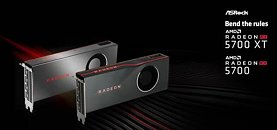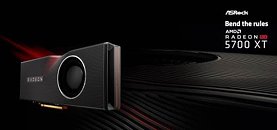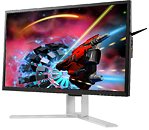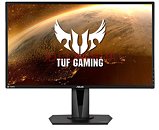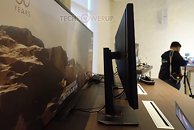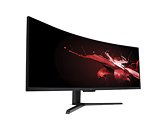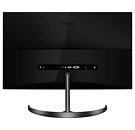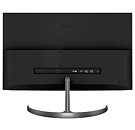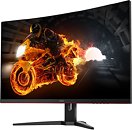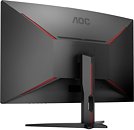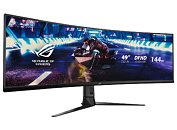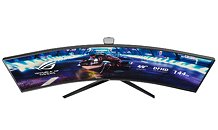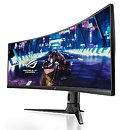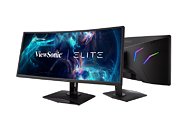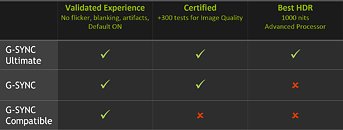
AOC Launches the CQ27G1 Monitor: 27" VA, 2560 x 1440, 144Hz, 1 ms, FreeSync for $279
AOC has added to their CQ lineup of gaming monitors with a 27" option. The CQ27G1 features a 27", curved diagonal (1800R). The VA panel has a 2560 x 1440 pixel density, a 144 Hz refresh rate with 1 ms response time, and FreeSync support (of which the ranges haven't been disclosed). The 250 nits peak brightness won't win any awards, and might be an issue in direct sunlight scenarios, but will be adequate in most situations. The 3000:1 contrast ratio isn't anything to write home about, but it isn't terrible, either.
To keep pricing as low as it is, AOC wisely decided to cut the speakers and USB hub from this monitor, and reduced connectivity options. Available are 1x DisplayPort, 2x HDMI 2.0, and a 3.5 mm headphone jack. The stand features height (±130 mm), tilt (-4° ~ +21.5°), and swivel (±34°) adjustments, and 100 x 100 VESA mounting holes. The AOC CQ27G1 will be available from the usual parties for $279, which seems a legitimate ask for such a monitor.
To keep pricing as low as it is, AOC wisely decided to cut the speakers and USB hub from this monitor, and reduced connectivity options. Available are 1x DisplayPort, 2x HDMI 2.0, and a 3.5 mm headphone jack. The stand features height (±130 mm), tilt (-4° ~ +21.5°), and swivel (±34°) adjustments, and 100 x 100 VESA mounting holes. The AOC CQ27G1 will be available from the usual parties for $279, which seems a legitimate ask for such a monitor.














